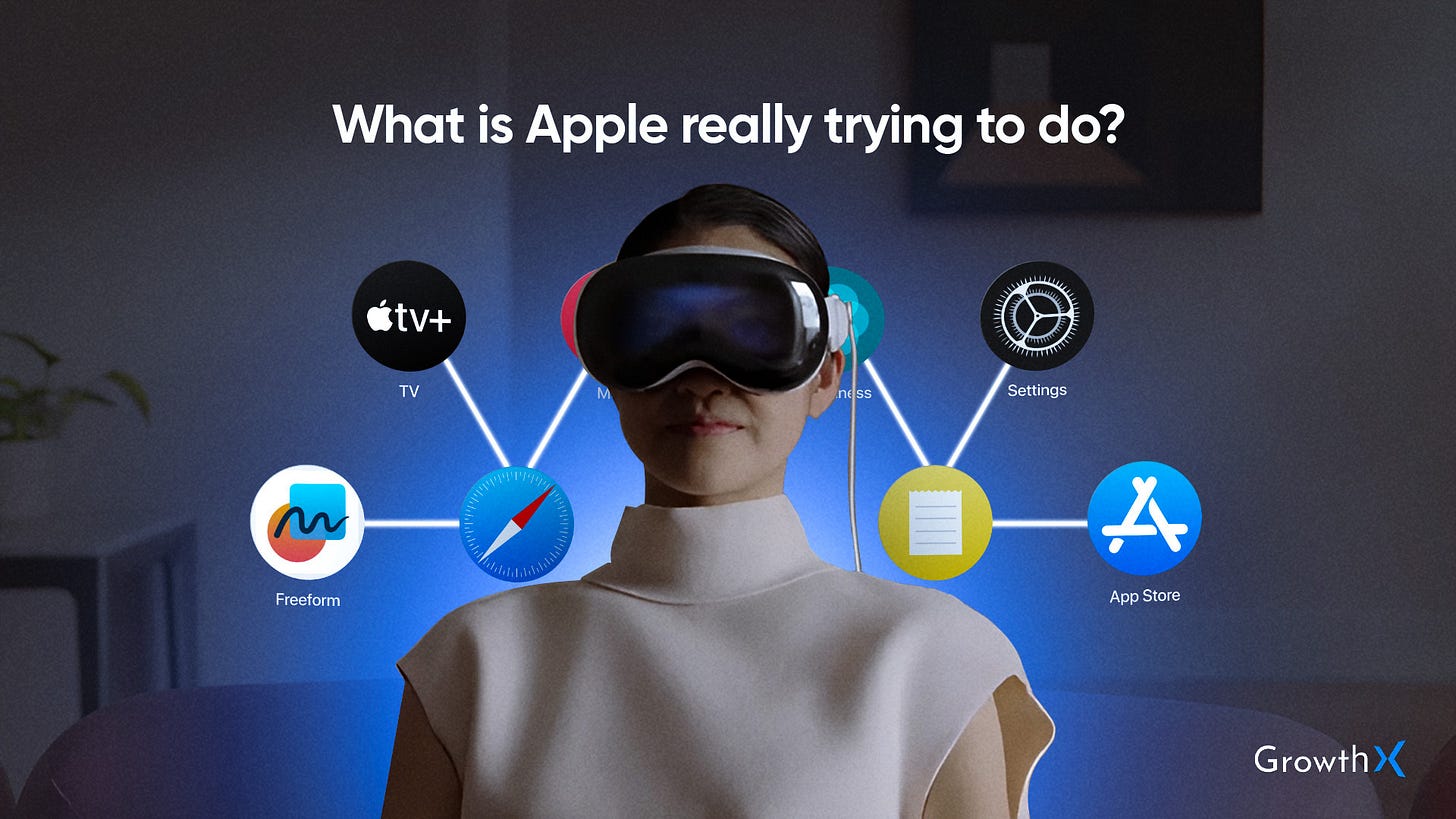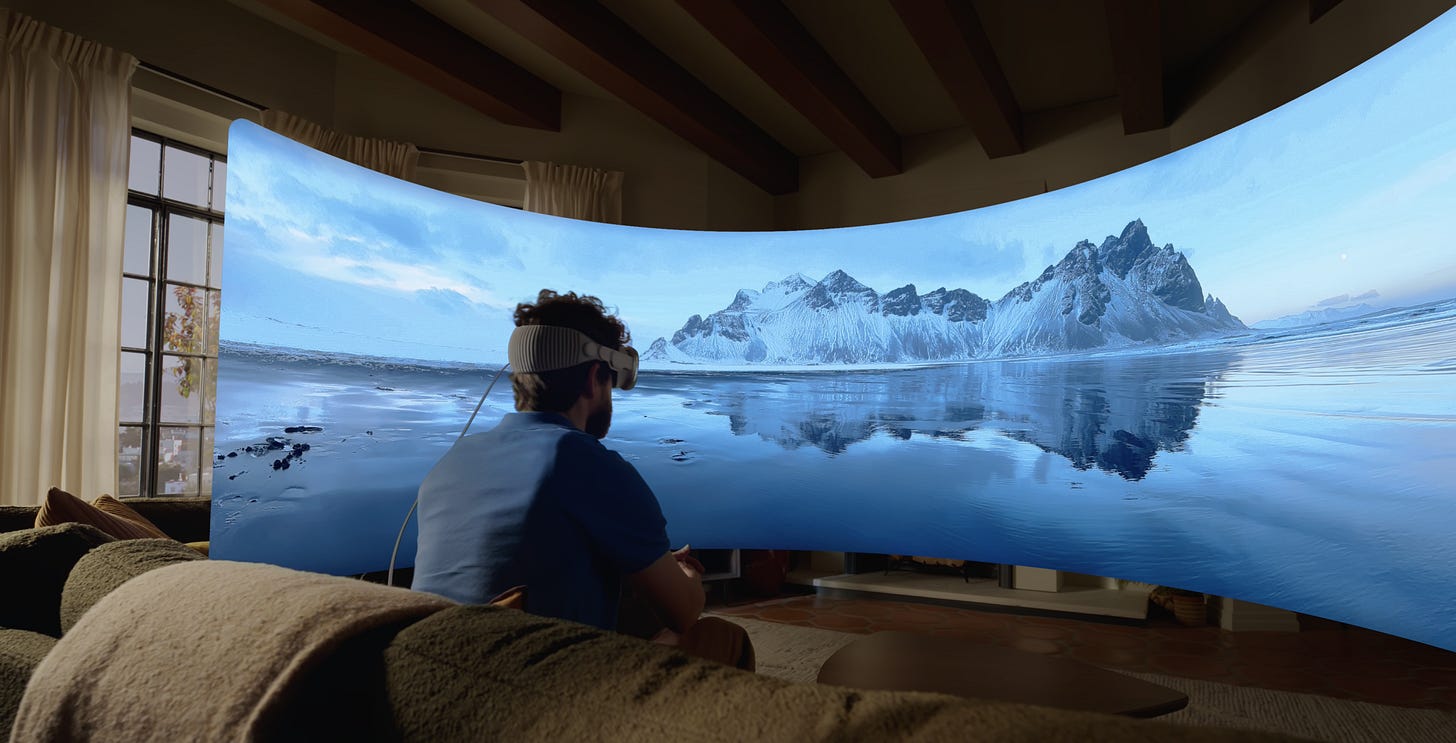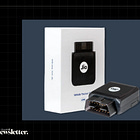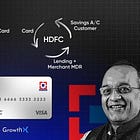Why Apple VR headset is so expensive?
$3,500 is a steep price point for any VR headset, but there's a catch.
Welcome to the 156th edition of the GrowthX Newsletter. Every Tuesday & Thursday I write a piece on startups & business growth. Today’s piece is going to 95,300+ operators & leaders from startups like Google, Stripe, Swiggy, Razorpay, CRED & more
2007 → iPhone was launched at $599📱
2016 → Air-pods were launched at $159 🎧
2023 → Vision pro costs $3,500, here’s why👇🏻
Quick numbers 📝
When apple launched the first iPhone in , the average blackberry phone costed ~$360. Similarly, when apple air-pods launched, an average wireless headphone costed <$50.
But VR headset story is different 🎧
Competing mass market VR headset is Meta’s Quest series which starts at $299 while Microsoft’s enterprise grade HoloLens is at $3,500. Vision Pro is not the category first product - late to the party Sherlock, ohh sorry I meant Tim.
It’s freaking expensive 💰
I know, everyone’s been talking about the ridiculous pricing and going gaga over it’s features. Apple seems to have done the right go to market buzz with WWDC day launch of the Vision pro.
Do you think Apple don’t know this? 😆
It does and for good reason. But, it deeply understands something that most businesses don’t - You can’t build a large business by selling stuff for a {cost price + margin} model.
Here’s how Apple pricing works ⬇️
Some of the things are nuanced based on when did Apple enter a category, what was their angle to create use case disruption and how they think about product differentiation for boring categories - let’s begin.
Outcome Vs margin/feature based pricing 🪙
Remember the last advertising copy for Apple? Remember the billboards in major cities with “Privacy matters” tagline? Apple focuses on what the device allows you to do without focusing on what’s the cost price of making the iPhone.
In the Vision Pro example, it’s not selling a headset, it’s selling the freedom to have access to 3D AR+VR on the go. It’s selling the stuff you can get done across gaming, workplaces, enterprise grade solutioning. Outcomes over features.
Product positioning for perceived value 📺
Did you observe how Vision Pro competes directly with large LED home theatre displays. A simple google search will tell you how expensive these large displays are, for example a 65 inch large display costs ~$5,000, atleast in the US.
quick question for you to think - should your product replace a cross category product which is much higher in price? Can you beat that with your product - you might get a high price dictation power my friend.
Not targeting every consumer out there 📺
The price point is for power technology adopters at the moment - and it’s by design. Apple doesn’t want everyone to have their V1.0 of a VR headset right away. Limited distribution allows time to evaluate early feedback before going bonkers on distribution.
But, what really drives apple is it’s brand.
VR headsets have been in the market for decades. Oculus rift launched in 2013 and the company was later acquired by Facebook for $2 billion. But, Apple’s recent entry into the category will be the iPhone moment for the category. If you want to go deeper into understanding pricing design, we cover it in-depth in week 5 of the GrowthX immersion experience.
Pricing success requires solving for trust.
I wrote a deeper article around this in trust design framework, if you are struggling to establish trust in early stage products, it’s a must read & will give you core actionable.
The longer article is written here, plus there are more in the same series.
Thank you for supporting this newsletter 🪄
We spend a sizable portion of our time writing pieces for this newsletter. Share it with your closed circle / Twitter if you find it interesting.









